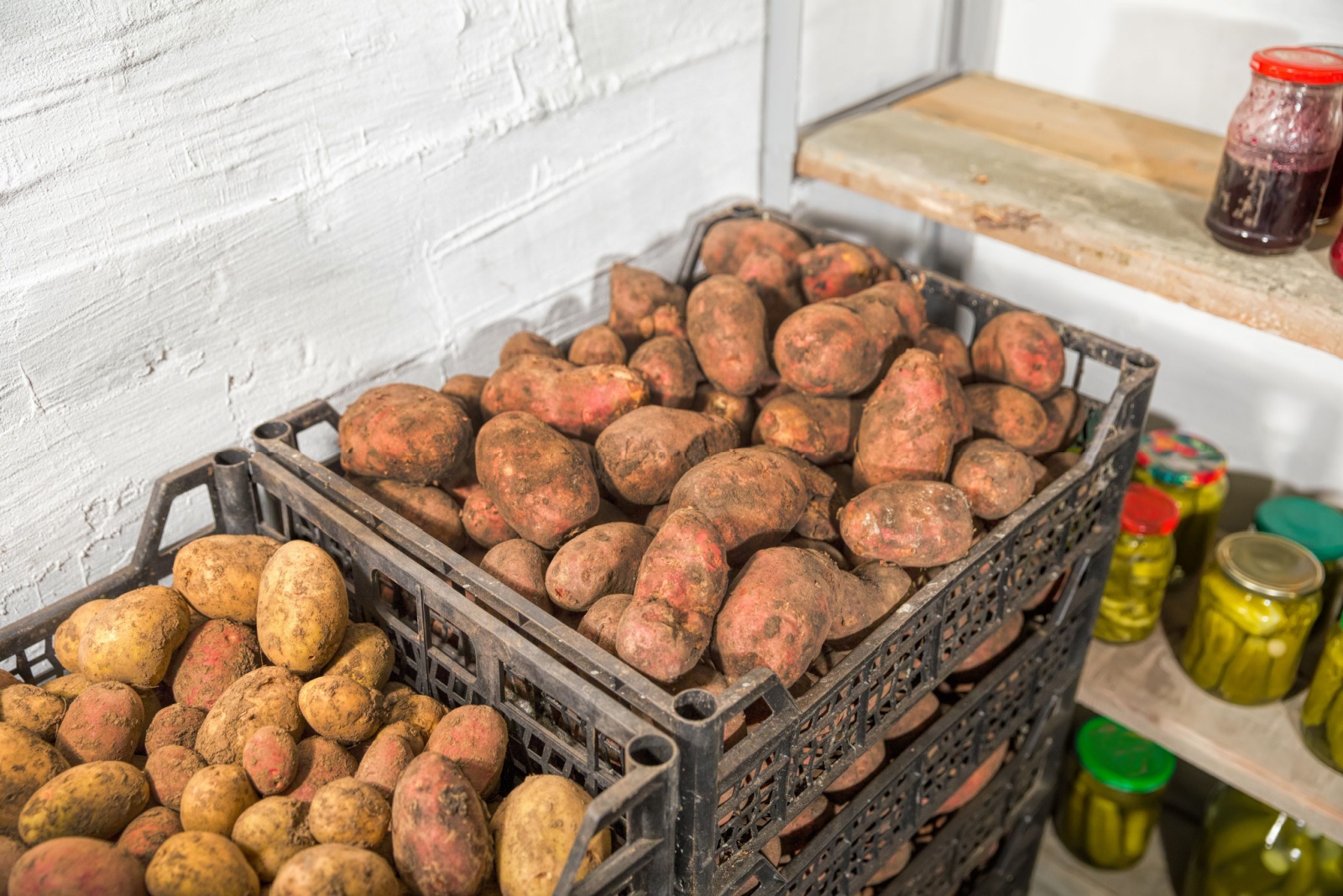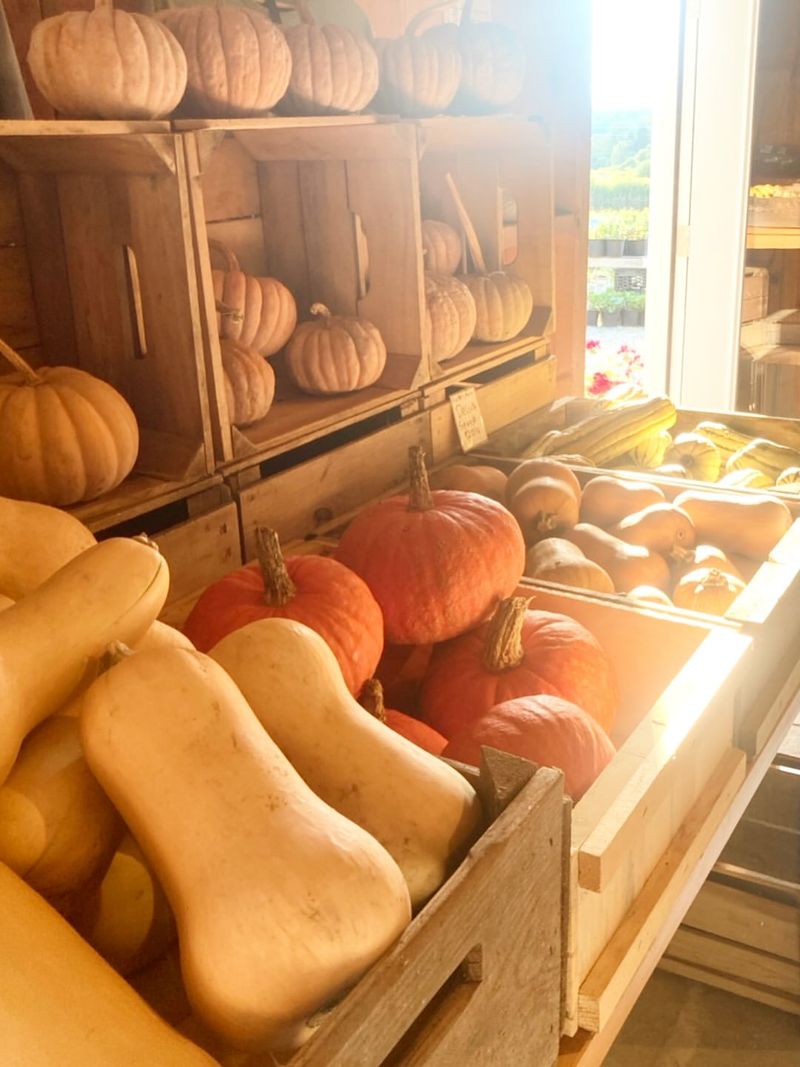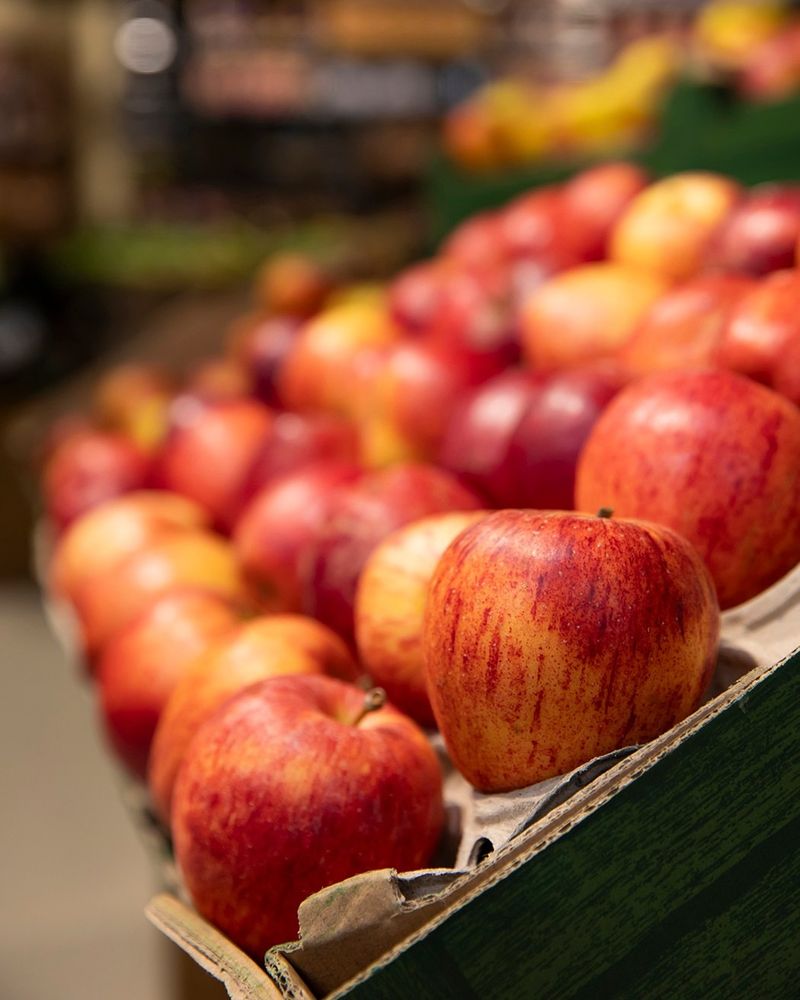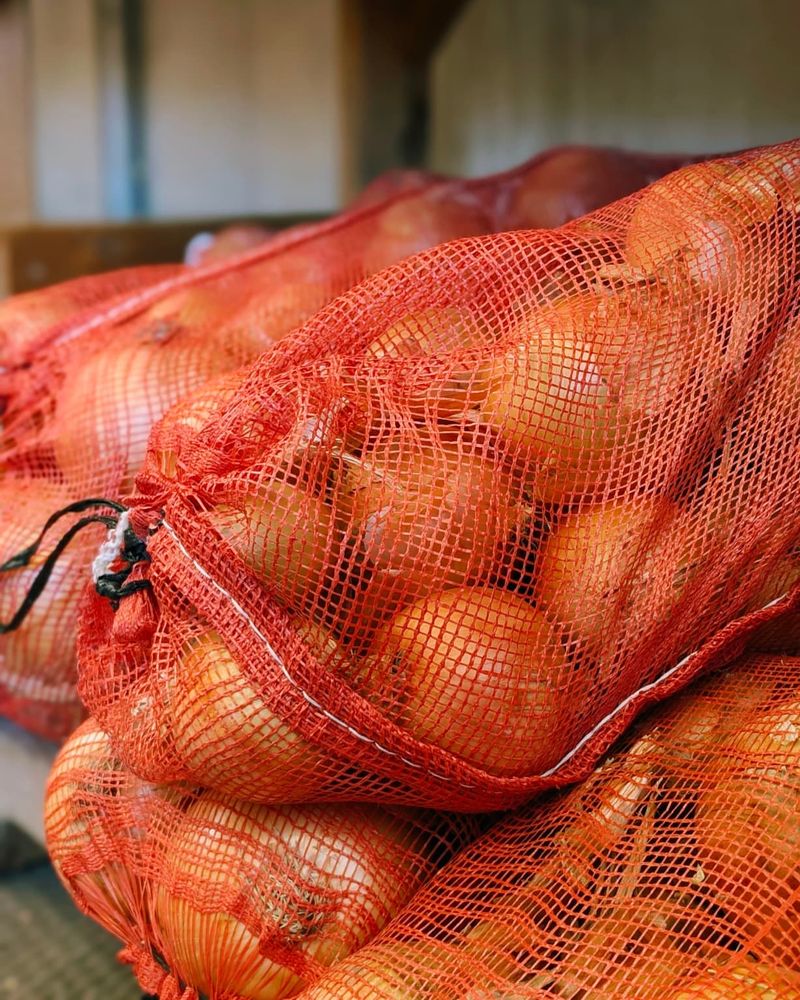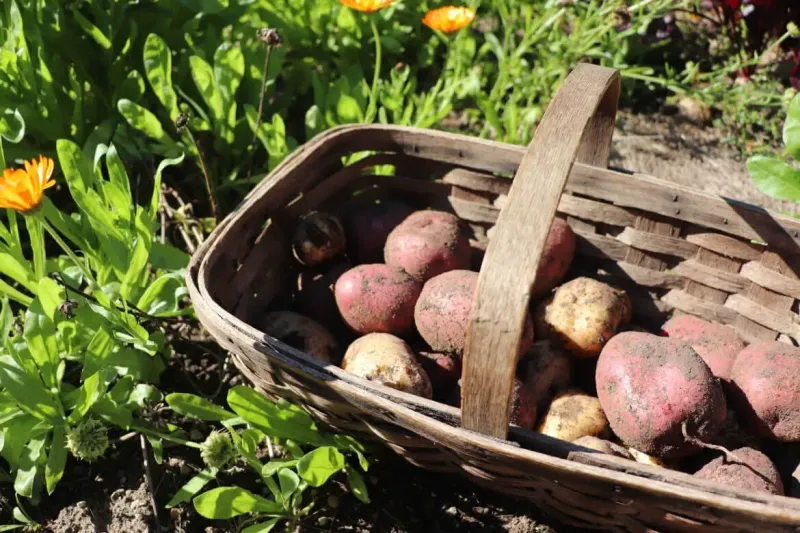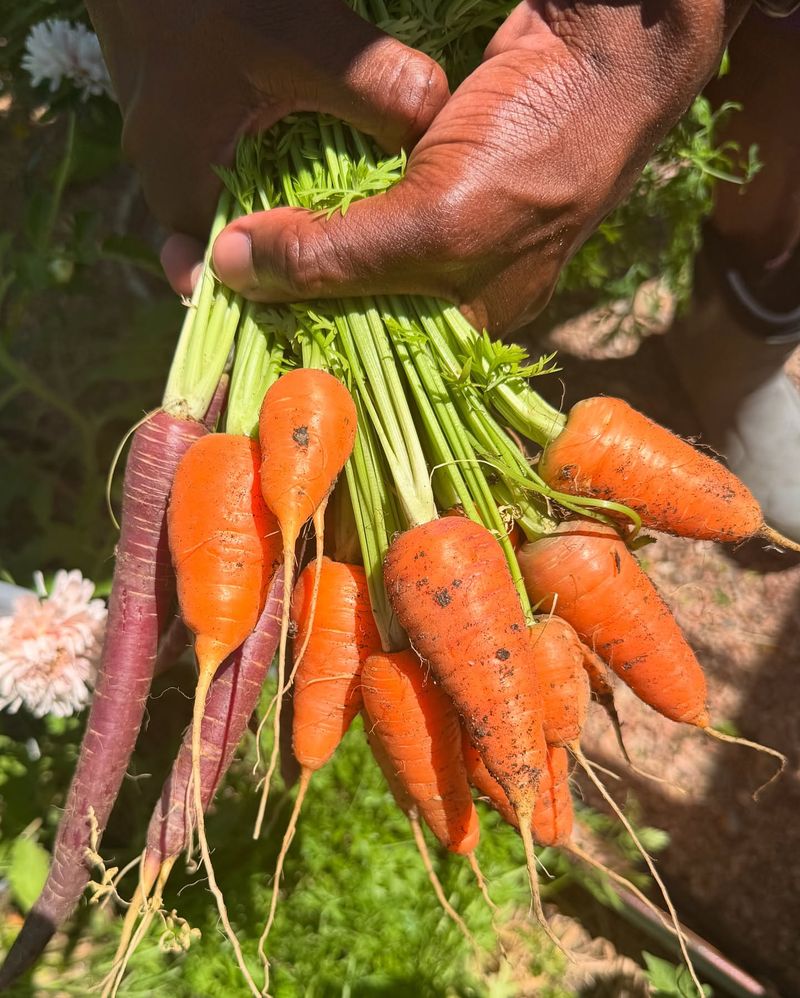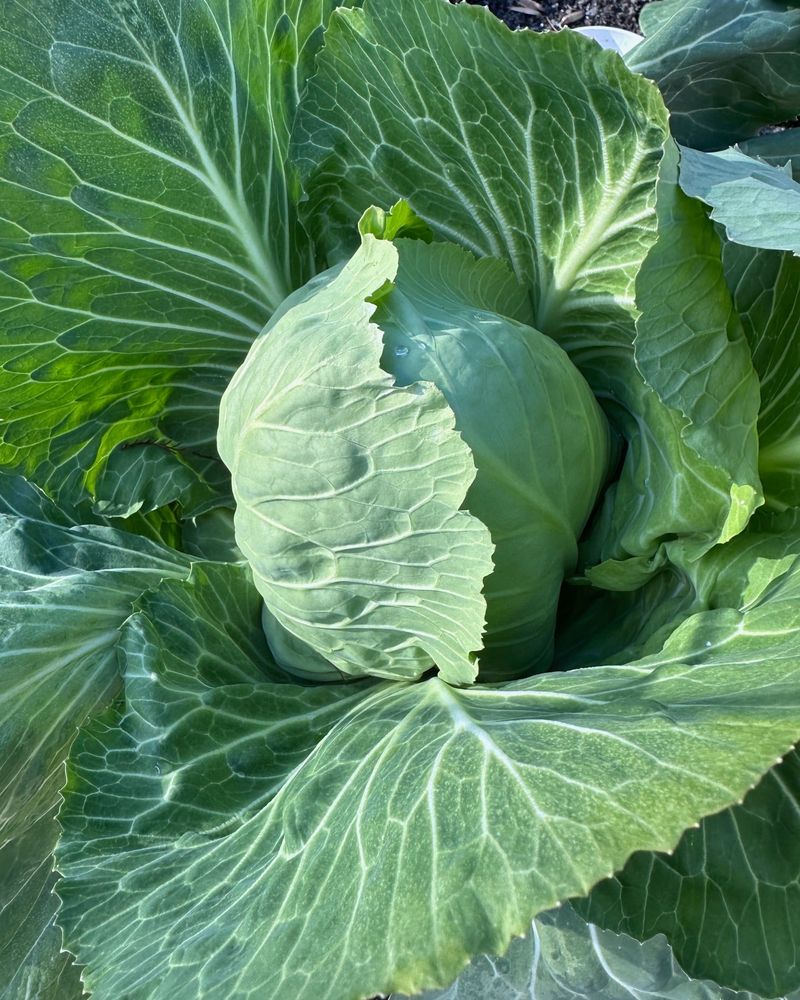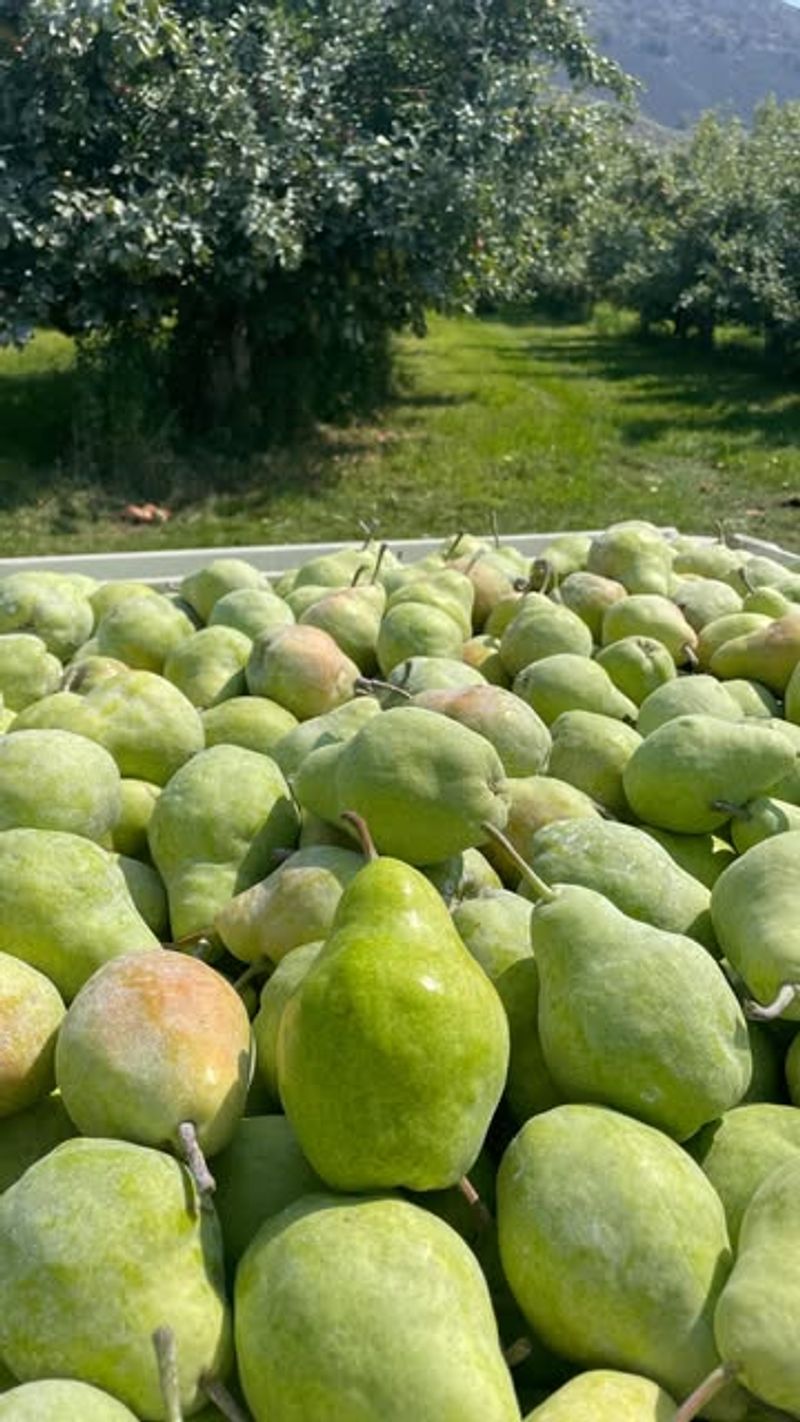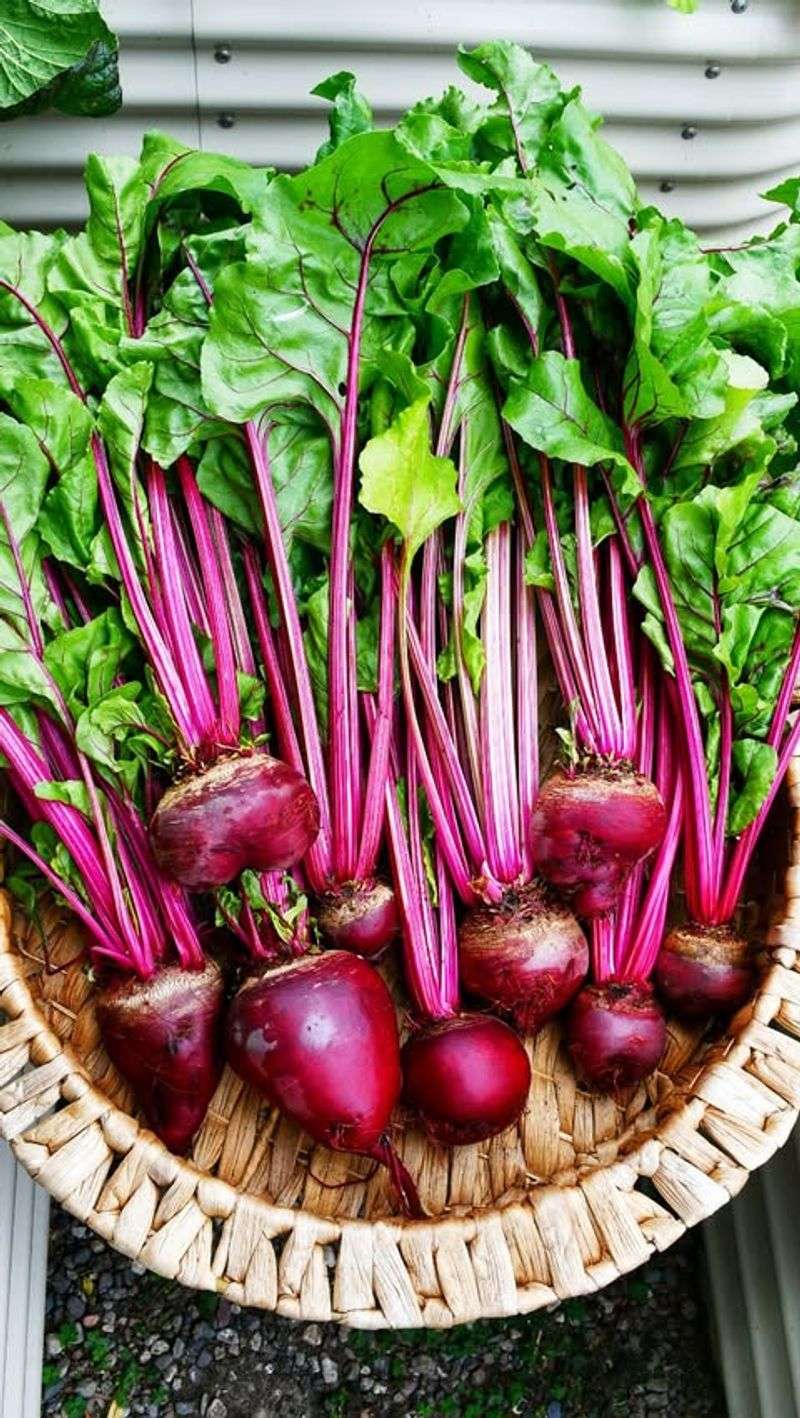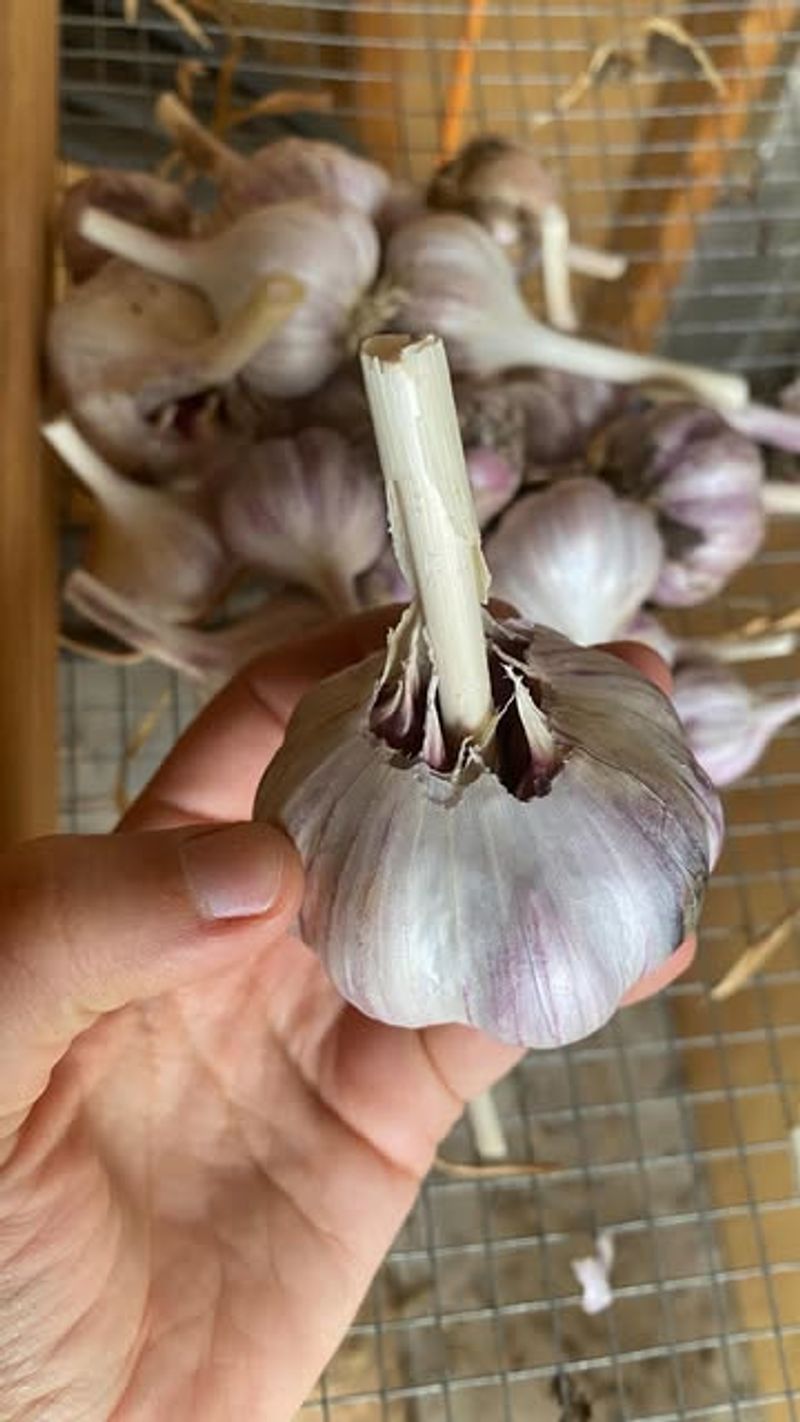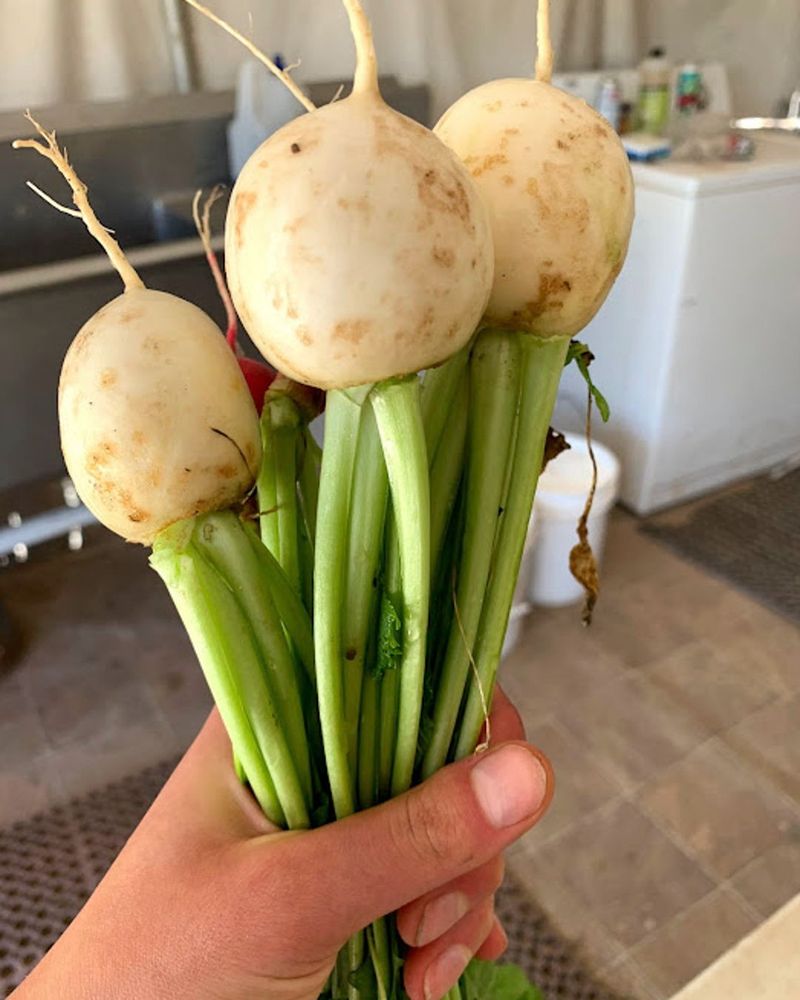Fall in Ohio brings a bounty of garden harvests, with many fruits and vegetables reaching their peak just as the weather cools. After tending my garden in central Ohio for years, I’ve learned which crops can be stored through winter with minimal effort.
With proper harvesting techniques and storage conditions, you can enjoy your homegrown produce long after the first frost has come and gone.
1. Winter Squash: Nature’s Long-Lasting Pantry Staple
Harvested at full maturity with their stems intact, butternut, acorn, and spaghetti squash become kitchen heroes in Ohio homes. The tough outer rinds protect the sweet flesh inside.
Store them in a cool, dry place around 50-55°F with good air circulation. My basement shelves work perfectly for this purpose.
Most winter squash varieties will last 2-4 months when properly cured in the sun for 10 days after harvest. I’ve had butternuts stay fresh until March in my Dayton home.
2. Apples: Crisp Delights For Months To Come
Late-season varieties like Fuji, Winesap, and Rome store exceptionally well compared to summer apples. Hand-pick each fruit carefully to prevent bruising, which leads to quicker spoilage.
Sort through your harvest and remove any with soft spots or blemishes for immediate use. Perfect specimens can be wrapped individually in newspaper and placed in shallow boxes.
The ideal storage temperature hovers between 30-32°F with high humidity. My Columbus garage provides these conditions naturally from November through February, keeping apples crisp for holiday baking.
3. Onions: Properly Cured For Winter Meals
Curing makes all the difference for long-term storage success. After pulling onions from Ohio soil, lay them in a single layer in a warm, dry place with good airflow for two weeks.
Once the necks have dried completely and the outer skins become papery, trim the tops to about an inch. Braiding is an old-fashioned technique I learned from my grandmother in Cincinnati.
Store in mesh bags or open baskets where temperatures stay between 35-40°F. My attached garage provides perfect conditions, allowing onions to last through March when properly prepared.
4. Potatoes: Underground Treasures For Your Pantry
Allow freshly dug potatoes to cure in a dark, humid place around 60-65°F for about two weeks. This toughens their skins and heals minor cuts from harvesting.
Never wash potatoes before storage – simply brush off excess soil once they’ve cured. Light causes greening and the development of solanine, which tastes bitter and can be harmful.
Store in ventilated containers lined with newspaper in a cool, dark place between 38-40°F. My Cleveland home’s cellar stairs closet maintains these temperatures, keeping potatoes firm for up to six months.
5. Carrots: Sweet Root Vegetables For Winter Enjoyment
Harvest after a light frost for naturally sweeter carrots – the cold triggers sugar production in the roots. For Ohio gardeners, this typically means mid-to-late October.
Cut tops to about 1/4 inch to prevent moisture loss but don’t wash the roots. Carrots store beautifully in damp sand or sawdust in a container with a loose lid.
Maintain temperatures just above freezing (32-40°F) with high humidity. My unheated mudroom in Toledo provides perfect conditions, allowing us to enjoy garden-fresh carrots through February when properly packed.
6. Cabbage: Keeping Heads Fresh Through Winter
Select firm, dense heads with outer leaves intact for the longest storage potential. Fall-grown cabbage typically develops these characteristics better than spring crops in Ohio’s climate.
Harvest with roots attached when possible, or cut at the base leaving a short stem. Surprisingly, wrapping each head individually in newspaper creates an ideal microclimate.
Store in crates at 32-40°F with high humidity. My great-grandfather in rural Ohio used to bury cabbages upside down in shallow trenches covered with straw and soil – a technique that still works for gardeners without basement storage.
7. Pears: The Fruit That Ripens In Storage
Unlike most fruits, pears should be harvested when mature but still firm. They’ll develop their best flavor off the tree, making them perfect storage candidates for Ohio gardeners.
Test readiness by gently lifting and twisting – ripe pears release easily from the branch. Carefully place harvested pears in single layers without touching each other to prevent bruising.
Store at 29-31°F with 90% humidity initially, then move to warmer temperatures (60-70°F) for ripening as needed. My Akron basement refrigerator keeps winter pears like Bosc and Anjou fresh until January.
8. Beets: Earthy Gems For Long-Term Storage
Harvest fall beets after they’ve reached full size but before hard freezes damage them – typically late October in northern Ohio. Leave about an inch of stem attached but trim longer tops to prevent moisture loss.
Gently brush off soil without washing to maintain the protective skin. These ruby-colored roots store exceptionally well when packed in slightly damp peat moss, sand, or sawdust.
Keep containers in a location with temperatures between 32-40°F and high humidity. My grandmother’s root cellar in rural Ohio maintained perfect conditions, but modern gardeners can use refrigerator crisper drawers for smaller harvests.
9. Garlic: Flavorful Bulbs That Improve With Age
Proper curing transforms freshly harvested garlic into storage champions. After pulling bulbs from Ohio gardens in late summer, hang entire plants in bundles in a warm, dry place with good airflow for 2-3 weeks.
Once cured, trim roots and cut stems to about an inch above the bulb. The papery outer wrappers should feel completely dry and crackly to the touch.
Store in open containers at cool room temperature (60-65°F) with moderate humidity. My kitchen pantry in Cincinnati provides perfect conditions, allowing properly cured hardneck varieties to last until spring planting season.
10. Turnips: Underrated Storage Vegetables
Fall-grown turnips develop sweeter flavors than spring crops in Ohio’s climate. Harvest when roots reach full size but before they become woody – typically after light frosts but before the ground freezes.
Remove green tops, leaving about 1/2 inch of stem to prevent moisture loss. Don’t wash the roots, as soil provides natural protection during storage.
Pack in boxes with slightly damp sand, sawdust, or peat moss and maintain temperatures just above freezing with high humidity. My Columbus garage provides excellent conditions from November through February, keeping turnips crisp for winter soups.

